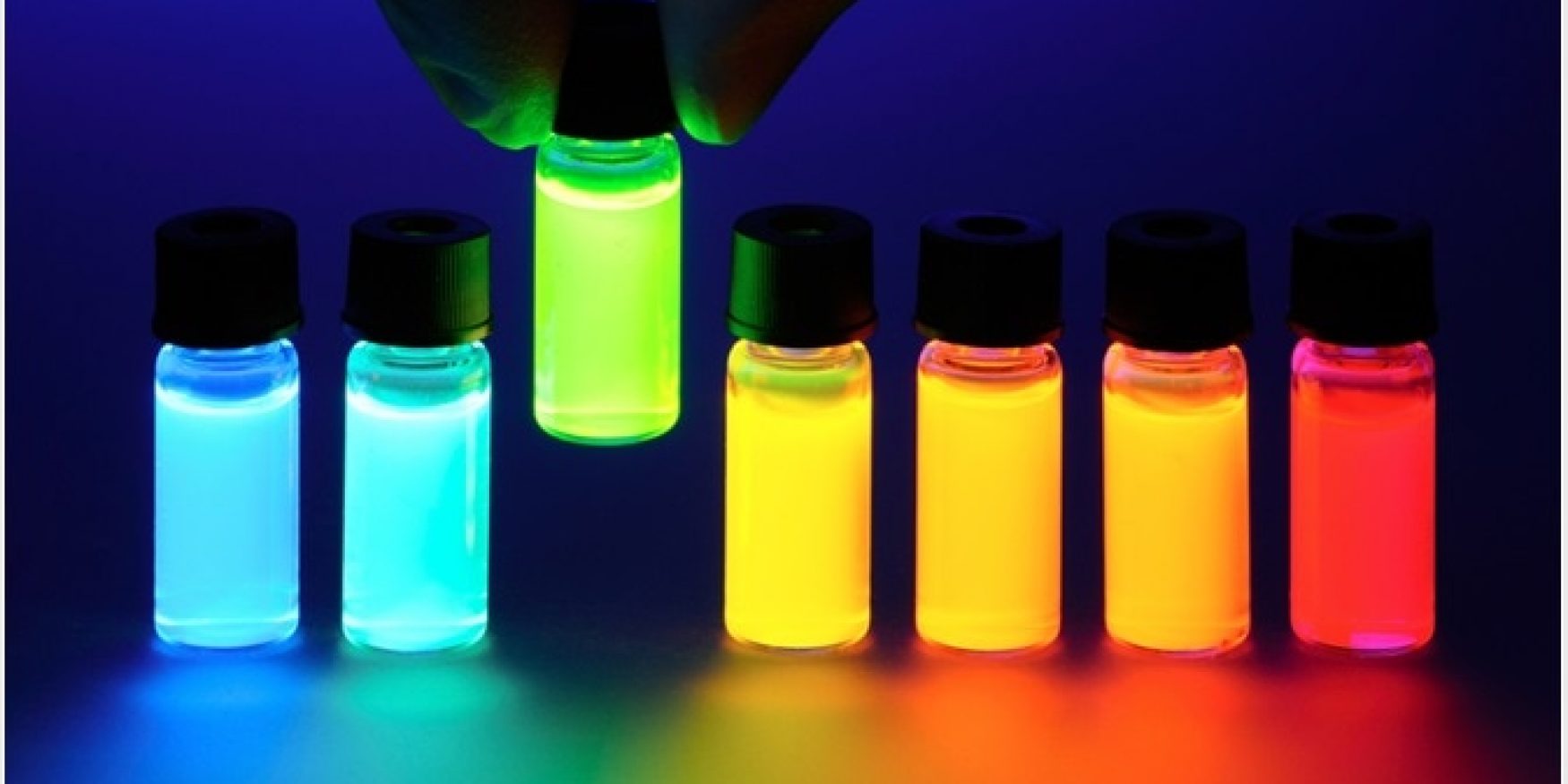Phosphorescence and fluorescence
Fluorescence is a light emission caused by the absorption of a photon immediately followed by a rapid and spontaneous emission. Fluorescence ceases very quickly. Phosphorescence is distinguished by the duration of the emission after excitation; it lasts longer, which is why phosphorescent objects remain luminous "in the dark".
Materia Nova studies and implements materials with controlled fluorescence or phosphorescence properties (organic and inorganic layers) in the form of thin layers.
The control of the wavelength of fluorescence or phosphorescence emission plays an important role in the development of devices such as organic light emitting diodes.
Our strengths
- Molecular design supporting the synthesis of materials with controlled classical or delayed fluorescence (TADF) -> control of the colour re-emitted after absorption.
- Deposition of thin layers based on these fluorescent or phosphorescent materials dispersed in a matrix by thermal co-evaporation.
- Experimental measurements in solution or in film of the fluorescence of thin layers of organic semiconductors (for OLED emissive devices).
- Measurement in solution and in film of the fluorescence quenching phenomenon in electron donor- acceptor mixtures (for OPV photovoltaic devices).
